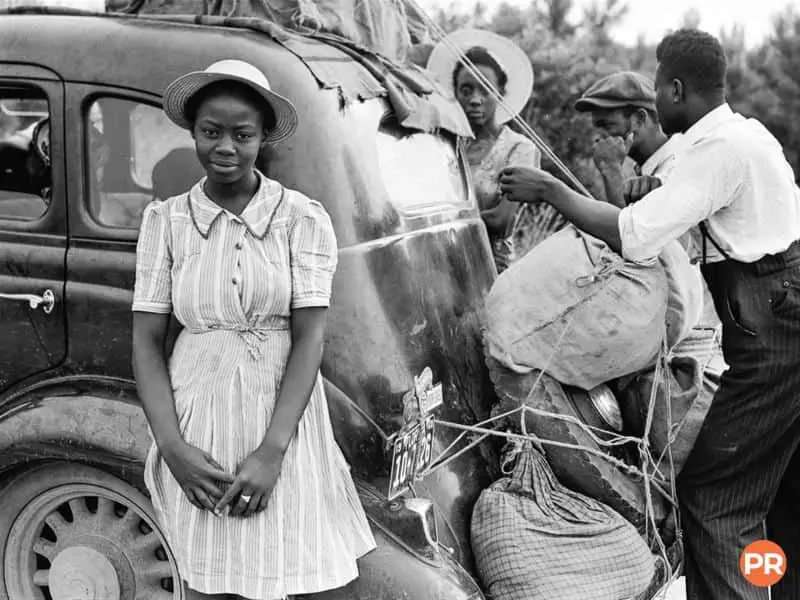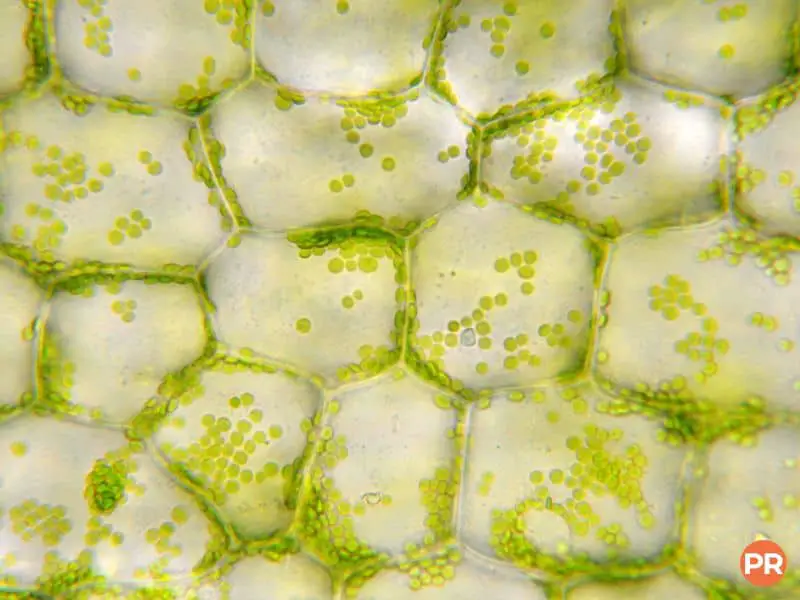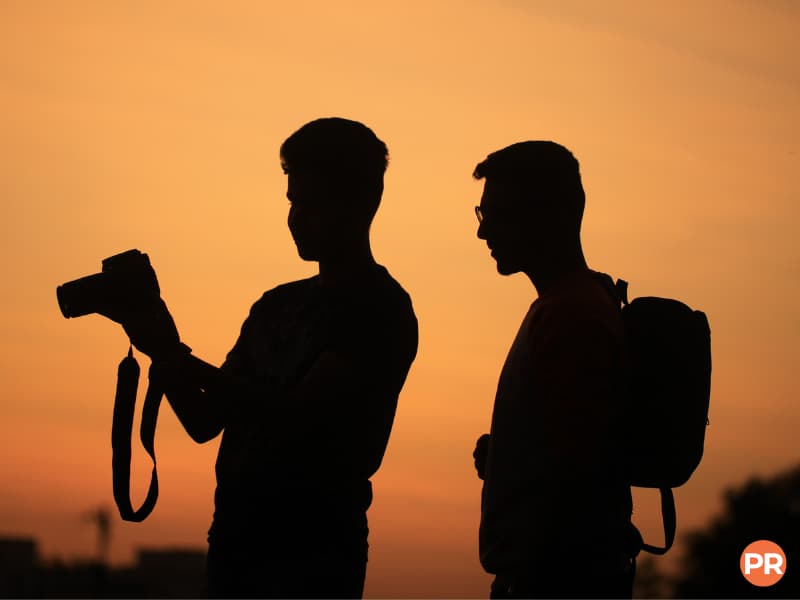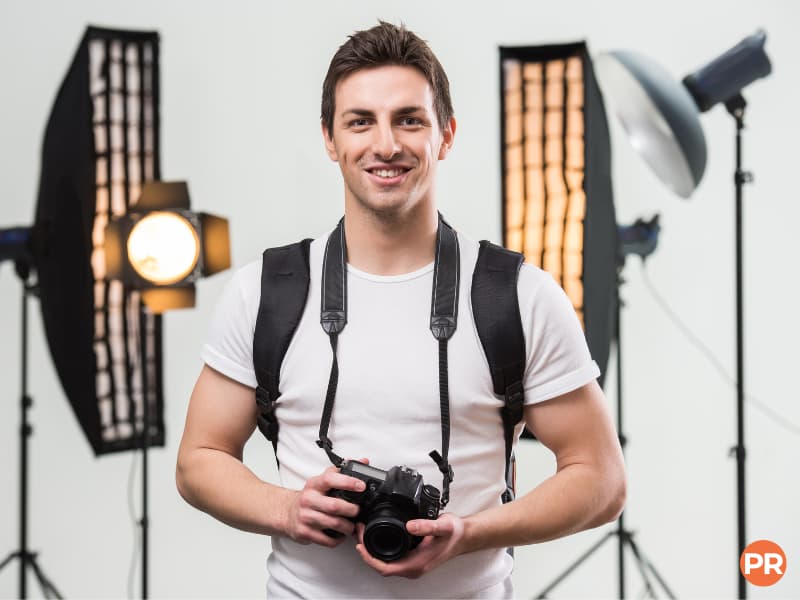Photography allows you to capture memories, stories, and different perspectives. Learn the reasons why photography is important.

The purpose of photography is to communicate and document moments in time.
A photo freezes a moment, which leads to a story of the person, environment, animal, or landscape.
Studies show that taking pictures improves your visual memory of an experience.
Aside from memory, photography can be educational. You can learn about history and document critical events.
The following covers the many reasons why photography is important.
1. Photos represent what’s important

Photography is personal. Pictures of meaningful memories, people, pets, and places fill your home and phone.
Every image adds up to create a story, which is the story of your life. It captures your experiences, passions, joys, and sadness.
Life has ups and downs, and your photos keep track of everything.
When you look back, you can walk through the memories in your mind. You can also share the pictures with others to enjoy.
Since photography is personal, you can learn a lot about others by looking at the photos they capture.
2. Photography teaches history through pictures

Many history books use pictures to enhance the learning experience.
While the words are helpful, photos add a visual dimension. Images have a more significant impact and help you keep information.
Without pictures, you couldn’t see how life was before the present time.
It also allows you to compare different things and identify changes. You can learn so much by looking at a photo.
3. Photography preserves special moments

The preservation of moments is a big reason why photography is important.
It could be a significant life moment, such as a wedding or the birth of a child. It can also be small moments in daily life.
When you document memories through images, you can cherish and preserve the moments.
You can look through the pictures anytime to remember the sweet moments.
You can also pass down the photos to future generations.
4. Photography encourages self-expression

Self-expression is essential. It’s about expressing yourself despite the expectations from others or society.
Photography is an excellent creative outlet to express yourself.
While there are so-called rules, such as the rule of thirds, you can break them.
Self-expression in photography could be through selfies or photos of things you like.
Researcher Judith Glaser says, “Neuroscience is teaching us that ‘self-expression’ might be one – if not the most important ways for people to connect, navigate and grow with each other.”
Aside from being good for you, it helps relationships.
Photography allows you to express yourself without boundaries.
5. Photography inspires you to live more

There are many things to enjoy in life, but time can slip away without you being present.
One of the best reasons why photography is important is that it inspires you to live more.
It can inspire you to travel, get new experiences, and be aware of the little things in life.
You can have new experiences by yourself or with friends and family.
It also makes you more present because you focus on composition and exposure for the image.
Photography can drive you to live a fulfilling life and take risks.
6. Photography helps you build connections

Photography can benefit your social life and help you make meaningful connections.
It can introduce you to plenty of like-minded people. You can make new friends, shoot photos together, and help others grow.
As a photographer with clients, you get to meet many different people.
The connections you make can go beyond the session. It can help your business or personal needs.
Another way photography helps you make connections is online.
Photos are essential for connecting with family that lives far away or online dating.
7. Photography is essential for science

Science uses photography to gather information, make observations, and learn.
In all areas of science, photography is essential. Examples include images of space from NASA, images of cells, and research on nature.
Photos provide the keys to scientific discoveries and advances.
Photos also make it easier for scientists to share research with the public.
8. Businesses use photography for marketing

Businesses rely on photography to sell products and services.
A business uses photos for marketing and product photos.
A crucial reason why photography is important is that it helps businesses make money.
The businesses provide jobs, and it helps the economy.
9. Photography doesn’t judge

Photography is a hobby anyone can do. Your age, race, and gender won’t limit you from enjoying the benefits of photography.
Also, you don’t need an expensive camera, as a phone camera works.
If you don’t have a camera or phone, then you can look at the world like a photographer. You can practice with your imagination until you get a camera.
You can take on photography at any stage of your life. It encourages you to learn and think creatively.
10. Photography can be your career

Your photography passion and skills can become your career.
One of the many benefits of photography includes the ability to make money.
While it has its ups and downs, like all businesses, it’s a good and fulfilling option.
The best part is that you can choose between portraits, weddings, landscapes, journalism, crime scene, and sports, to name a few.
The evolution of photography
Since the beginning of photography, the medium has changed and become more accessible.
Today, cameras are cheaper and faster. The internet also makes it easy to share photos with a global audience.
Online tutorials and guides have also made it easier for you to learn photography.
Throughout technological advances and changes, photography remains popular and meaningful.
The following covers a brief history of photography, its major changes, and important events.
Photography began in the 19th century
The beginnings of photography date back to the early 19th century. While it shocked the world, people quickly embraced it.
Initially, people were confused about its purpose or how photos should look.
It led to experimentation with different types of photos, textures, tones, and details.
Small cameras

After a lot of experimentation and improvements in technology, Kodak was invented. The Kodak was a small, handheld camera that made photography more accessible.
Instead of being something only the upper-class can have, it was now made available to the middle-class (Source: National Gallery of Art).
Modern photojournalism

In 1925, modern photojournalism was born in Germany (Source: NDSU). It was when the first 35mm the camera was invented, the Leica.
At that time, the people of Germany were being suppressed and persecuted, which led to many fleeing to America. Most of the photos being taken were of World War II for magazines and newspapers.
The 35mm was small and could take photos quickly. However, not all photographers used 35mm cameras. Some used the 120-format camera, which was usually a Rolleiflex.
Later, the 35mm film camera became more versatile as it was improved. It had the ability to use a telephoto, zoom, and wide-angle lens.
The Polaroid
In the mid-1900s, the Polaroid was invented by Edwin H. Land (Source: Nithin Kalorth, Ph.D.). What made the Polaroid special was its ability to take a photo and print it within a minute.
Digital cameras

In 1975, the first digital camera was created by Eastman Kodak. Soon after, Canon, Nikon, Sony, Pentax, and other manufacturers began working on digital cameras too.
At the end of the 20th century, newspapers and magazines shifted to digital (Source: HBS). Around this time, manufacturers began working on mirrorless cameras, which have become popular among many photographers.
Smartphones
Aside from digital and mirrorless cameras, smartphones have become popular for photos.
With advances in technology, phone cameras have been able to capture incredible images and since they’re built into phones, many people don’t see the need to carry a separate camera.
Conclusion
Photography enriches human life. Pictures speak a universal language, as language is no barrier.
Whether it’s photojournalism or fine art photography, each type is essential.
Photography captures meaningful experiences, and you can see the world from different perspectives.
It inspires, challenges, educates, and brings people together.
Related: How to Transfer a Photo Onto Glass
Featured image courtesy of Unsplash.
